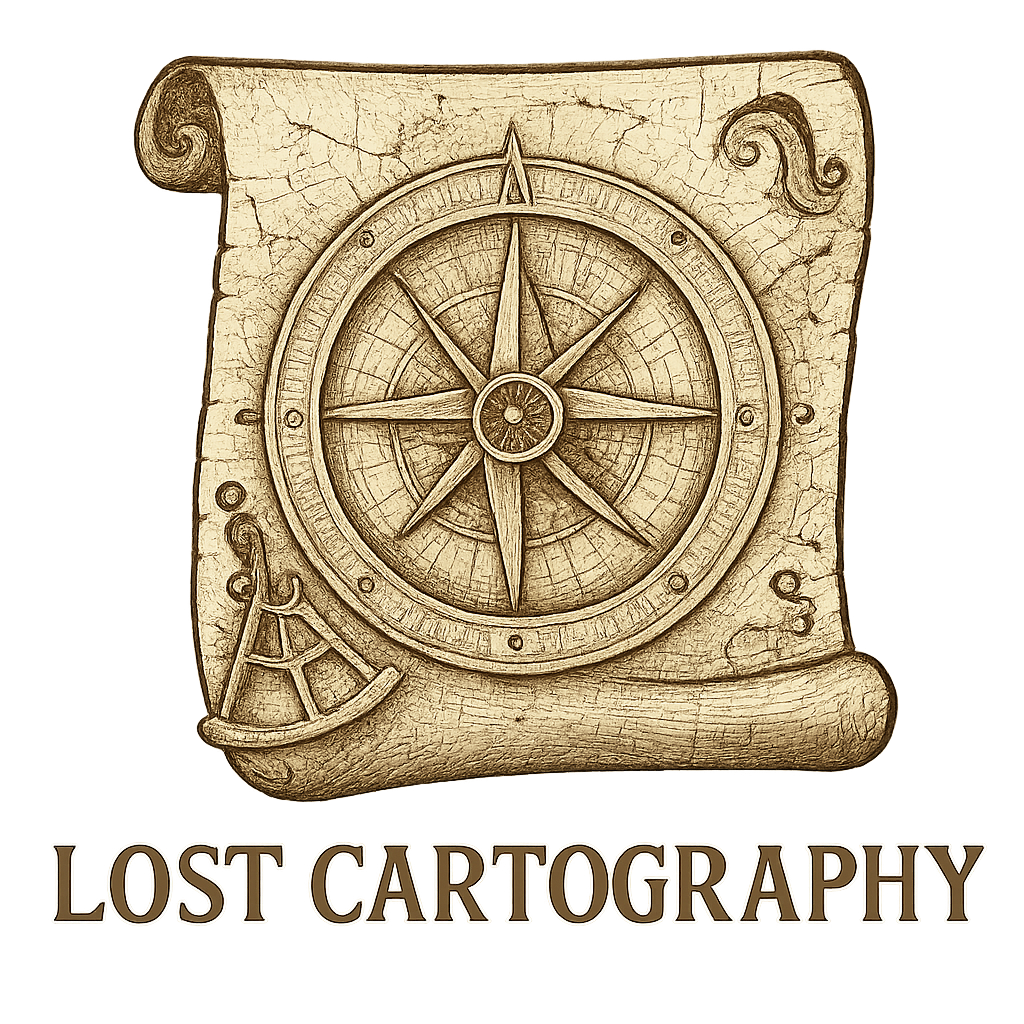The weathered parchment, cryptic markings, and that infamous “X” marking the spot – pirate maps have captured our imagination for centuries. These mysterious documents, dating back to the Golden Age
Ancient Mapping Techniques
Did you know that Christopher Columbus navigated across the Atlantic Ocean using nothing more than basic charts, a compass, and the stars? His daring voyages mark a foundational chapter in
Have you ever wondered how ships navigate across vast oceans while maintaining a steady compass direction? The answer lies in the fascinating concept of rhumb lines – paths that cross
Maps have always been more than just tools for finding our way around. Throughout history, skilled mapmakers known as cartographers have hidden intricate codes and symbols within their maps, turning
Ancient sailors had an incredible skill: they could cross vast oceans using only the stars and other celestial bodies as their guides. This complex technique, called celestial navigation, completely changed
Hand-drawn maps are a testament to human creativity and ingenuity. They serve two purposes: guiding travelers through landscapes while also expressing art. Each line and color on the map tells
Ancient maps are fascinating artifacts that offer us a glimpse into the past. They do more than just show us where places are; they also reveal the beliefs, knowledge, and
Maps have always been important for humans, helping us understand and navigate the world. From simple cave drawings to complex clay tablets, ancient mapping techniques influenced how civilizations viewed their





















